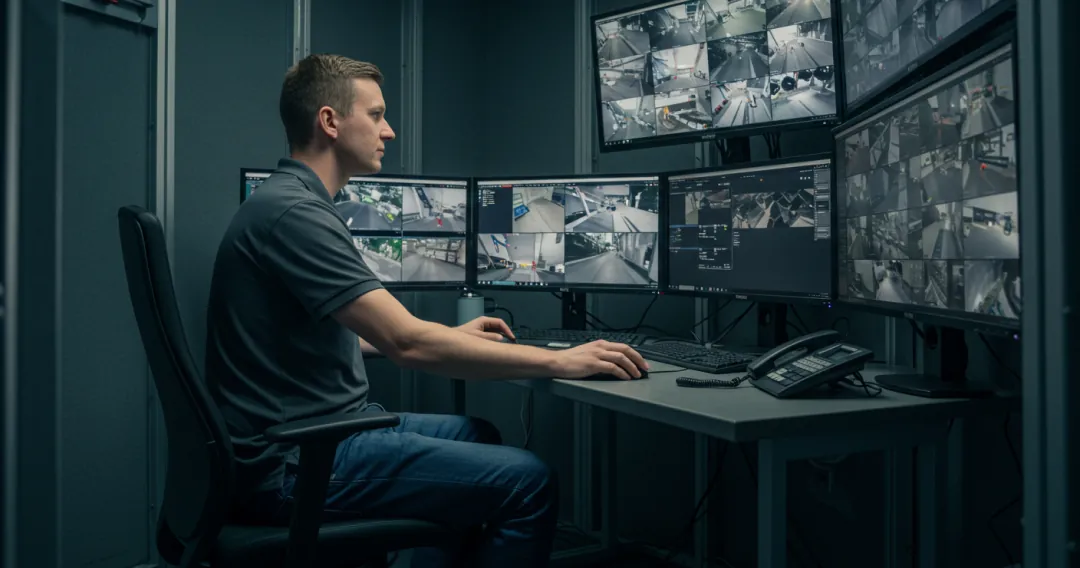The Challenge of Swift Action in Retail Investigations
Quick response times are crucial in retail crime investigations. The faster a case is resolved, the higher the chances of recovering stolen merchandise and identifying repeat offenders. However, many retailers struggle with lengthy investigation processes, leading to lower resolution rates and increased shrinkage.
Traditional investigation methods often involve manual data entry, paper-based evidence collection, and siloed information systems. These outdated practices can slow down investigations and make it difficult for loss prevention teams to connect the dots between related incidents. As a result, case resolution rates may suffer, and valuable insights are lost.
How Technology is Transforming Case Resolutions
Modern loss prevention teams are turning to technology to streamline their investigation processes. Advanced case management systems allow for quick and easy incident reporting, evidence collection, and case tracking. By centralizing all case-related information in one platform, investigators can more easily spot patterns and link related incidents.
Data analytics plays a crucial role in this transformation. By analyzing historical data and identifying trends, loss prevention teams can better predict potential criminal activity and allocate resources more effectively. This proactive approach can lead to higher resolution rates and reduced overall shrinkage.
Collaboration and Training
Effective case resolution often requires collaboration between various stakeholders, including store staff, loss prevention teams, and law enforcement. Tools that facilitate seamless communication and information sharing can significantly improve resolution rates by ensuring all parties have access to the most up-to-date case information.
Well-trained loss prevention professionals are better equipped to handle investigations efficiently. Ongoing training and development programs can help teams stay up-to-date with the latest investigation techniques and technologies, ultimately leading to improved case resolution rates.

How to Measure and Improve Case Resolution Rates
To effectively measure and improve case resolution rates, retailers should focus on implementing a comprehensive strategy that combines data-driven metrics, process optimization, and technology integration.
Establish Key Performance Indicators (KPIs)
Start by defining clear KPIs that align with your case resolution goals:
-
- Average Time to Resolution: Track the time from case initiation to closure.
- First Contact Resolution Rate: Measure the percentage of cases resolved during the initial interaction.
- Case Closure Rate: Calculate the ratio of resolved cases to total cases within a specific timeframe.
- Recovery Rate: Monitor the value of recovered merchandise as a percentage of total losses.
Implement Measurement Tools
Utilize case management software to automatically track and report on these KPIs. Many platforms offer customizable dashboards that provide real-time insights into case resolution performance.
Balance Speed and Thoroughness
To improve resolution rates without compromising quality:
-
- Develop standardized investigation protocols that ensure consistent, thorough processes.
- Implement a tiered approach, categorizing cases by complexity to allocate resources efficiently.
- Use AI-powered tools to quickly analyze large datasets and identify patterns, freeing up human investigators for more complex tasks.
- Regularly review closed cases to identify opportunities for process improvement and training.
Leveraging Technology for Efficiency
Integrate advanced technologies to streamline the resolution process:
-
- Automated data collection systems to gather evidence quickly and accurately.
- Case linking software to identify connections between seemingly unrelated incidents.
- Predictive analytics to anticipate potential issues and allocate resources proactively.
ThinkLP’s Comprehensive Solutions for Case Resolution
ThinkLP offers a solution designed to improve case resolution rates. Their platform centralizes case-related information, facilitates team collaboration, and uses advanced analytics to identify patterns and trends. By streamlining the investigation process, ThinkLP helps retailers resolve cases more quickly and effectively, ultimately reducing shrinkage and improving overall loss prevention outcomes.
Improving case resolution rates is an ongoing process that requires a combination of technology, training, and strategic thinking. By focusing on these key areas, retailers can significantly enhance their ability to solve cases quickly and effectively, ultimately reducing losses and creating a safer shopping environment for customers and employees alike.
Explore ThinkLP’s Blog
Now that you know more about case resolution rates, you can find additional insights on loss prevention and safety intelligence on ThinkLP’s blog. The blog features articles, case studies, and industry insights that provide practical tips and strategies for improving your loss prevention efforts
Request a Demo
If you are interested in how ThinkLP’s software can support your loss prevention initiatives, we invite you to request a demo. Their Loss & Safety Intelligence Platform is designed to integrate with your existing operations, helping you reduce risks and improve efficiency. Reach out today to learn how ThinkLP can assist your organization in optimizing its loss prevention strategy.


